Cleats are a type of footwear shared by various athletes from all kinds of sports, including soccer, baseball, softball, and more. However, each sport utilizes cleats that offer unique benefits to playing in their specific environments – so, can they be used across sports?
You cannot wear the same cleats used in soccer for softball. This is because there is a key difference between the two – cleats in the front of the shoe. Because athletes need to kick a ball in soccer, they lack the front cleats that help anchor players to the ground in softball.
Although cleats is a common term used to describe athletic footwear, there’s a lot more to them than what you gather at a single glance. Today, I’m going to be talking about the differences between soccer cleats and ones used for softball and the differences between them.
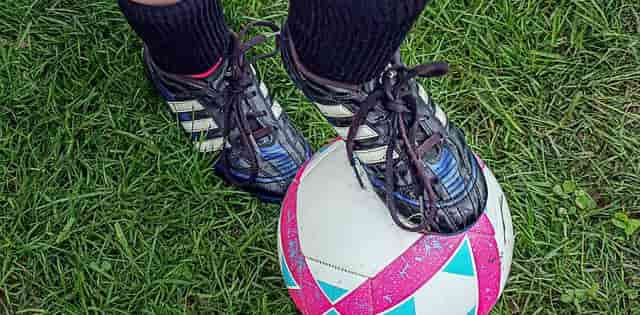
Are soccer cleats appropriate for softball?
Both soccer and softball feature shoes known as cleats. This type of shoe is often familiar across sports that are played on grass – the spikes on the shoes help athletes stay anchored to the ground, especially when moving fast.
| Factor | Soccer Cleats | Softball cleats |
| Material | Plastic | Metal |
| Front Cleats | Not present | Present |
| Cleats Pattern | Perimeters | Three bands |
| Ankle Support | Absent | Present |
Comparison of the features of soccer cleats and softball cleats.
However, the fact of the matter is that the cleats used in softball and soccer are different. Cleats used for softball have one distinguishing feature: baseball shoes include cleats in the front, while those used in soccer do not.
There are explicit rules in soccer that do not allow athletes to wear shoes with cleats in the front. This is because soccer is more of a contact sport, and this can be dangerous to other players. It is also because soccer involves the kicking of a ball, and this isn’t possible with cleats in the front. Having cleats in the front can make it harder to control the ball.
In softball, soccer cleats are not an ideal choice because they do not offer the same ankle protection that the sport’s cleats do. Instead, the shoes in question will only make it harder to stay upright when moving at high speeds, and places athletes at risk of injury.
The pattern in which the two shoes arrange the cleats also matters to their application in each sport. Soccer cleats are arranged on the outskirts of the shoe, whereas softball cleats are arranged in bands, focusing on the toes, the middle of the shoe, and the heel.
The greater the number of bands, the better the cleats will be in their function. If you wear soccer cleats to a softball game, you are likely to feel less grounded than your fellow teammates, and your opposing team. You may even be at greater risk of a fall.
One other factor to consider when thinking of the two options here is the material. Soccer cleats are usually created from plastic, whereas most softball cleats are made out of metal. The metal has far better durability and offers far more stability to the athlete as well.
Because of all of these factors, it is only reasonable to conclude that soccer cleats are not the best fit for a softball game. In fact, the cleats used in both games are not suitable for playing in the other. To play each, you will need to get the right footwear for the sport.
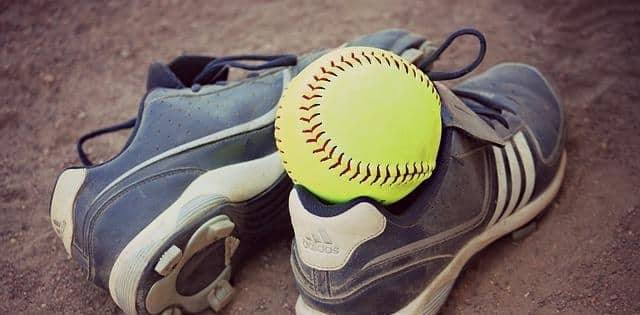
What are the requirements of a softball cleat?
In order to play softball, you need to get cleats. So, what are the requirements and factors to consider before you make a choice? Here are some of the major details to think about.
1. Cleat materials
There are a lot of different materials you can consider when choosing cleats for your softball game. Metal cleats are the most popular choice, as they offer excellent speed when moving through the grass. If you need to have a solid grip on the ground, this is the choice.
However, not everyone can use metal cleats in softball. Most leagues and associations prefer only college or high school athletes to use metal cleats. This is because they are stiffer than other options, and may not be suitable for younger players.
Molded cleats are another choice for softball players. Created from plastic, these cleats are durable and cheap, and they are adaptable to different kinds of surfaces. In fact, they are well suited to softer ground, and can even help you thrive on a muddy ground.
While plastic molded cleats don’t offer the same speed that metal cleats can, they are a solid choice for players and are great for you regardless of the level you are playing at.
Turf shoes are more commonly used in baseball and are a suitable choice for training situations. These are excellent because they do not damage the field you are playing on, however, they are not suitable for professional or league matches.
2. Cleat height
When you are buying cleats, you may come across two options – low tops, and high tops. If you haven’t bought cleats before, these terms can seem confusing. However, there is a simple meaning to this. The terms signify the height of the shoe you are looking at.
So, low-top shoes are shoes that have less ankle support. They are typically lighter, so they can help you be quick at your feet. Depending on what you are looking for from a softball shoe, you can decide which kind of cleats are right for you.
3. Cleat positions
When choosing a shoe for softball, you need to consider the position you are playing. Cleats can help determine how fast you move, how steady you can be, and how much momentum you can pull when needed. And, all of these things depend on your position.
Metal cleats are usually the go-to for outfielders. This is because they give you added stability and help you gain good traction. For infielders, the recommendation is to opt for molded cleats, to help keep the cleats light and preserve them for future seasons.
Pitchers, on the other hand, should consider a low-top and molded cleat. Because of the way that pitchers have to move to throw the ball, it’s better that they do not have extra ankle support as they may develop blisters in the long run.
4. Cleat sizes
The sizing scales for cleats are the same as other footwear, so you are generally not going to have a hard time finding one that fits. However, the right fit isn’t always the same when it comes to sports. For example, with cleats, you need to leave some space at the toe.
You should also opt for a snug fit because as you use your cleats, they are likely to expand. This does not mean you should go for a couple of sizes below your foot size. It just means that you should consider that a new shoe will always be a little tight at first.
Athletes are often told their comfort should be at the end of their list of priorities. This dangerous advice could not be further from the truth. In fact, prioritizing comfort is a necessity. The more comfortable you are in your shoes, the better you will be able to move in them, and your overall performance will be enhanced.
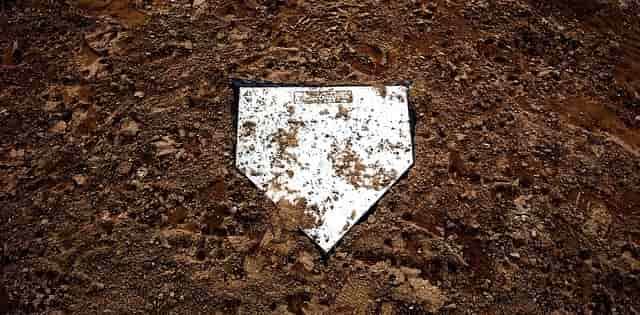
League requirements for metal softball cleats
It can sometimes be confusing trying to figure out what kind of cleats are right for different softball games. However, luckily there are bodies dedicated to oversight and giving players clarity over what can or cannot be done. Leagues also have rules regarding metal cleats.
At the college level, the NCAA (National Collegiate Athletic Association), which oversees most college teams, has its own rules regarding metal cleats. Metal cleats are allowed, as well as rubber and softer cleats. However, the cleats must be rectangular, and no longer than three-quarters of an inch.
At the high school level, the rules are overseen by the National Federation of State High School Athletic Association. This body initially believed that metal cleats were not appropriate at this level. However, since 2008, the use of metal cleats is allowed.
Finally, at the youth level, the Amateur Softball Association (ASA) does not allow players to use metal cleats. Instead, they may use flat shoes or any kind of rubber cleats. However, metal soles and heel plates can be allowed, but the studs need to be shorter than three-quarters of an inch.
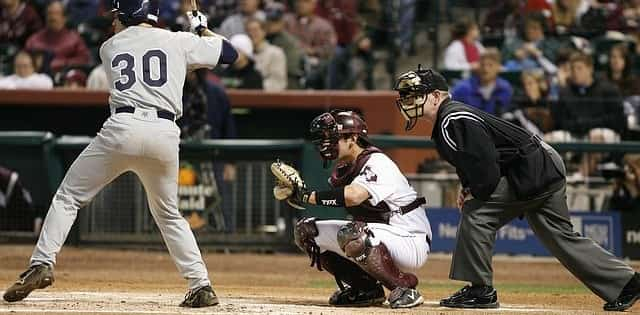
Frequently asked questions
1. Is there a difference between softball and baseball cleats?
In general, the cleats for the two sports are virtually the same. However, there may be some differences in materials, with metal cleats being, in most cases, the most prevalent choice in baseball. Softball players are generally free to choose between metal and plastic cleats.
2. Can you wear softball cleats on concrete?
Walking on concrete using cleats should be strictly avoided, as cleats are not built for hard surfaces. While you may walk on concrete for smaller distances, this practice, if repeated, can severely damage and wear down your cleats, regardless of the material used.
3. Why do softball players use cleats?
Softball players often play on a soft field, such as one with grass. This means that regular flat shoes run the risk of having you slip and fall, and consequently injure yourself. This is why professional softball players opt for cleats, to help them remain stable on the ground.
However, cleats also have an additional purpose in helping players reach higher speeds. Cleats sink into the ground. This helps you create a solid force, which can propel you forward better and at higher speeds.
Final words
Cleats are an important tool to help players perform better at most sports played in fields. However, it is interesting to note how the application and use of cleats differ amongst various sports. Hopefully, this article has helped illustrate that difference and the importance of choosing cleats that are well adapted for your sport of choice.
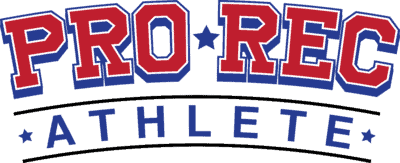

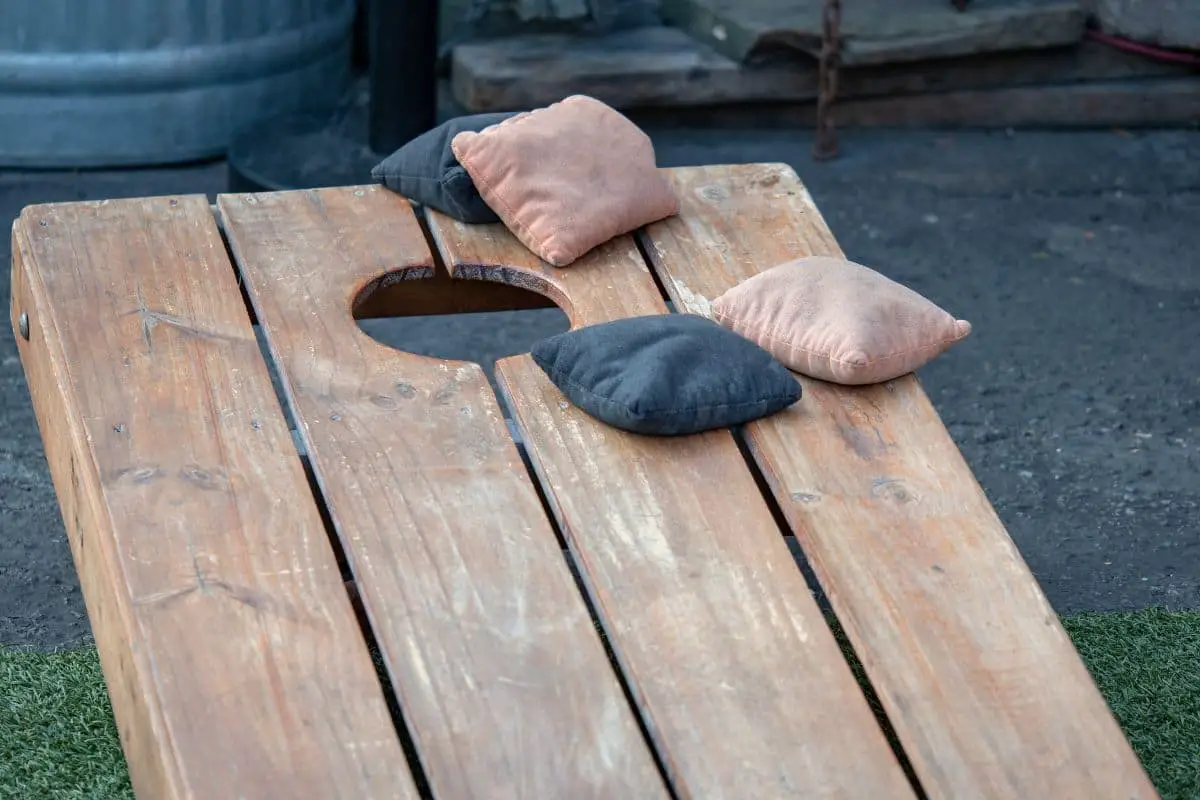
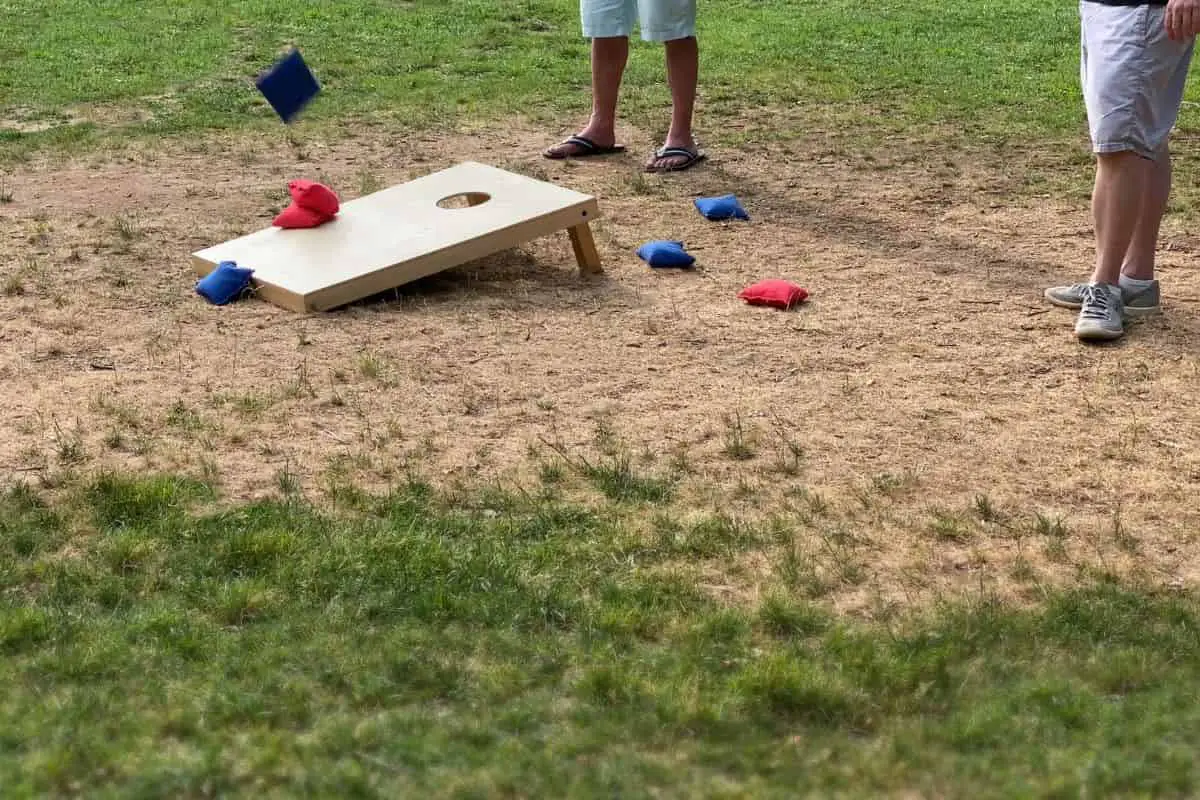
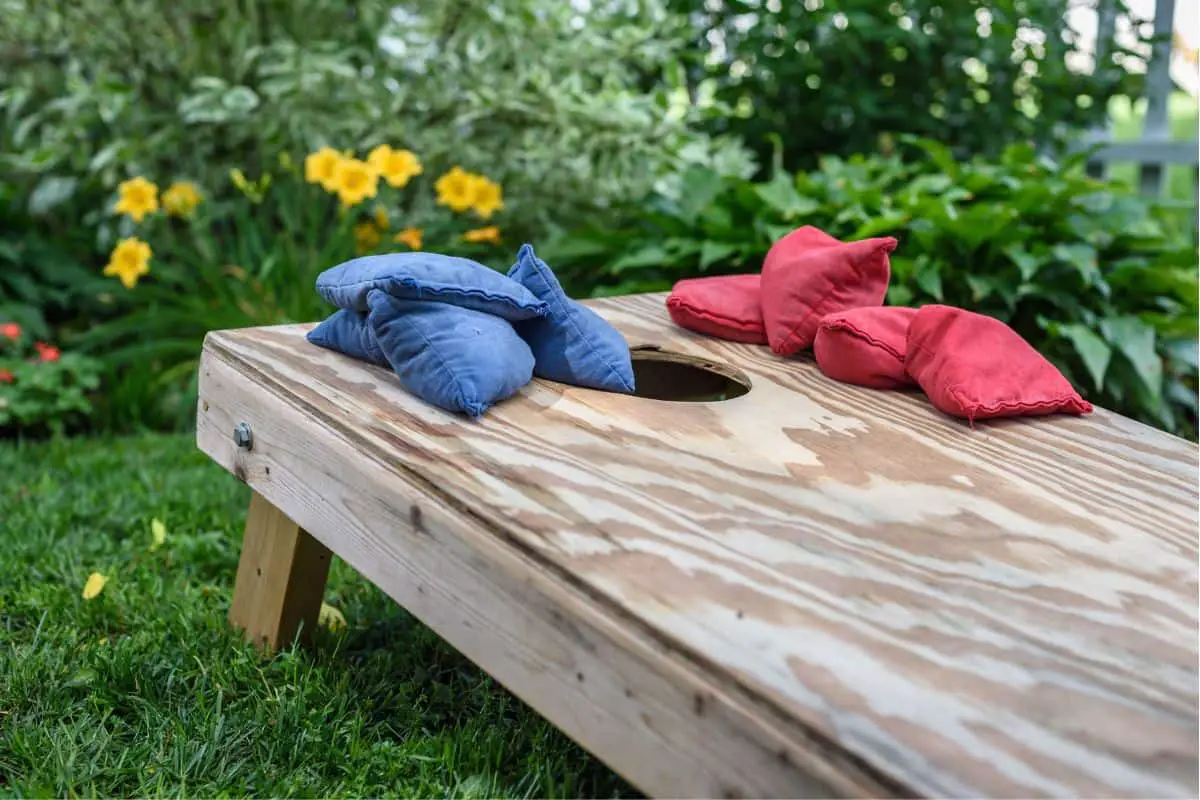
Leave a Reply
You must be logged in to post a comment.